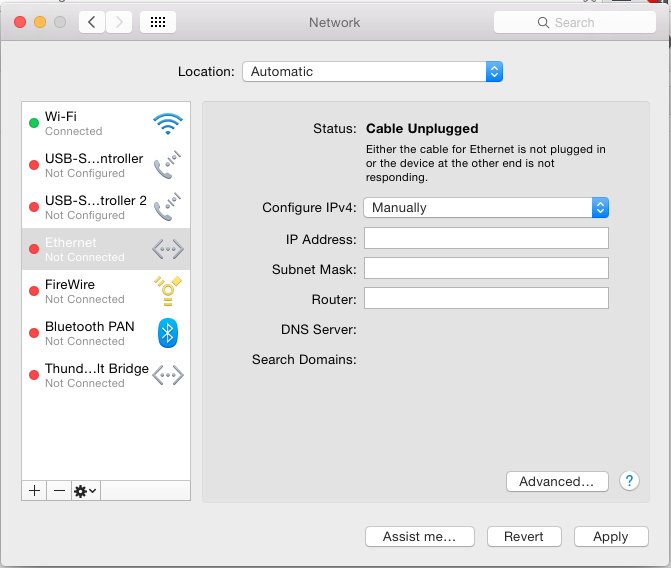

If your VPN does not assign a new DNS for the VPN session then you will continue to use the DNS server(s) configured in your main Internet IP Stack.VPN's are (typically) like an additional IP stack on your system, and can have a separate DNS server address configured. Type the following and then click OK to finish:ĥ.Depending on how your VPN is configured, you might or might not use the same DNS for your VPN and for Internet. Select the DNS tab and then click the plus (+) button in the lower left-hand corner of the window.ĥ. Select your Connected (Ethernet or Wi-Fi) connection from the left-hand column and then click Advanced.Ĥ. On the desktop, click the Apple icon in the top right-hand corner and select System Preferences from the drop-down menu.ģ.
/ChangeDNS-579e68143df78c3276990153-5c706b8e46e0fb0001f87cb7.jpg)
Select Use one of the following DNS server addresses and then enter the following:ġ. In the Networking tab, click once on Internet Protocol (TCP/IP) to highlight it, and then click Properties.ħ. Right-click on your active internet connection (this may be "Ethernet", "Wireless Network Connection" or "Local Area Connection" depending on how your computer is set up) and select Properties.Ħ. Select Change adapter settings in the left-hand column.ĥ. In the Control Panel, select Network and Internet, and then N etwork and Sharing Centre.Ĥ. It will appear at the top of the search results as the best match.ģ. Note for Windows 10: Simply click the Search icon (magnifying glass) in the bottom left-hand corner of the screen and search for "Control Panel". Open the Start menu and select Control Panel. If your account doesn’t have Administrator privileges, you may not be able to adjust your DNS server settings.Ģ. Log in to Windows with an Administrator account. Sometimes DNS may need to be set manually if you're experiencing browsing issues.ġ. In most cases, your computer will obtain DNS settings automatically and you won't need to set it manually.


 0 kommentar(er)
0 kommentar(er)
